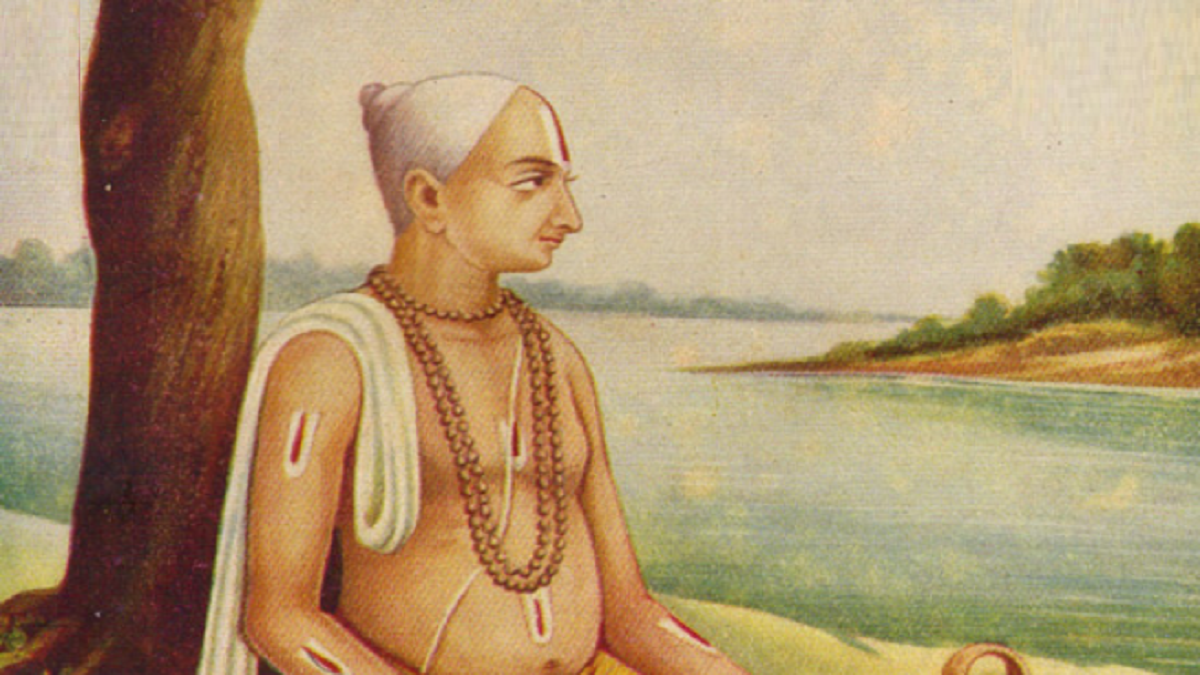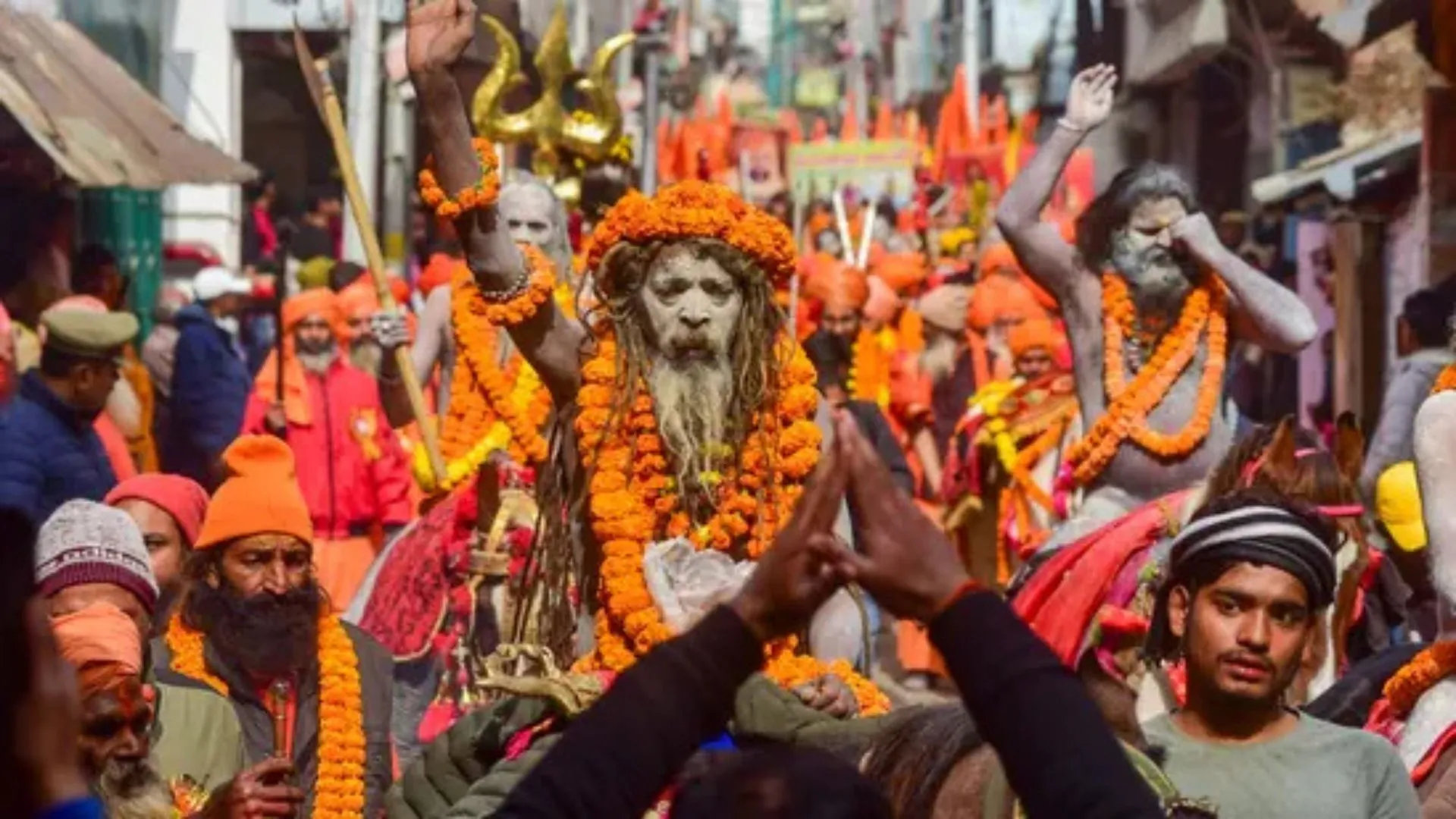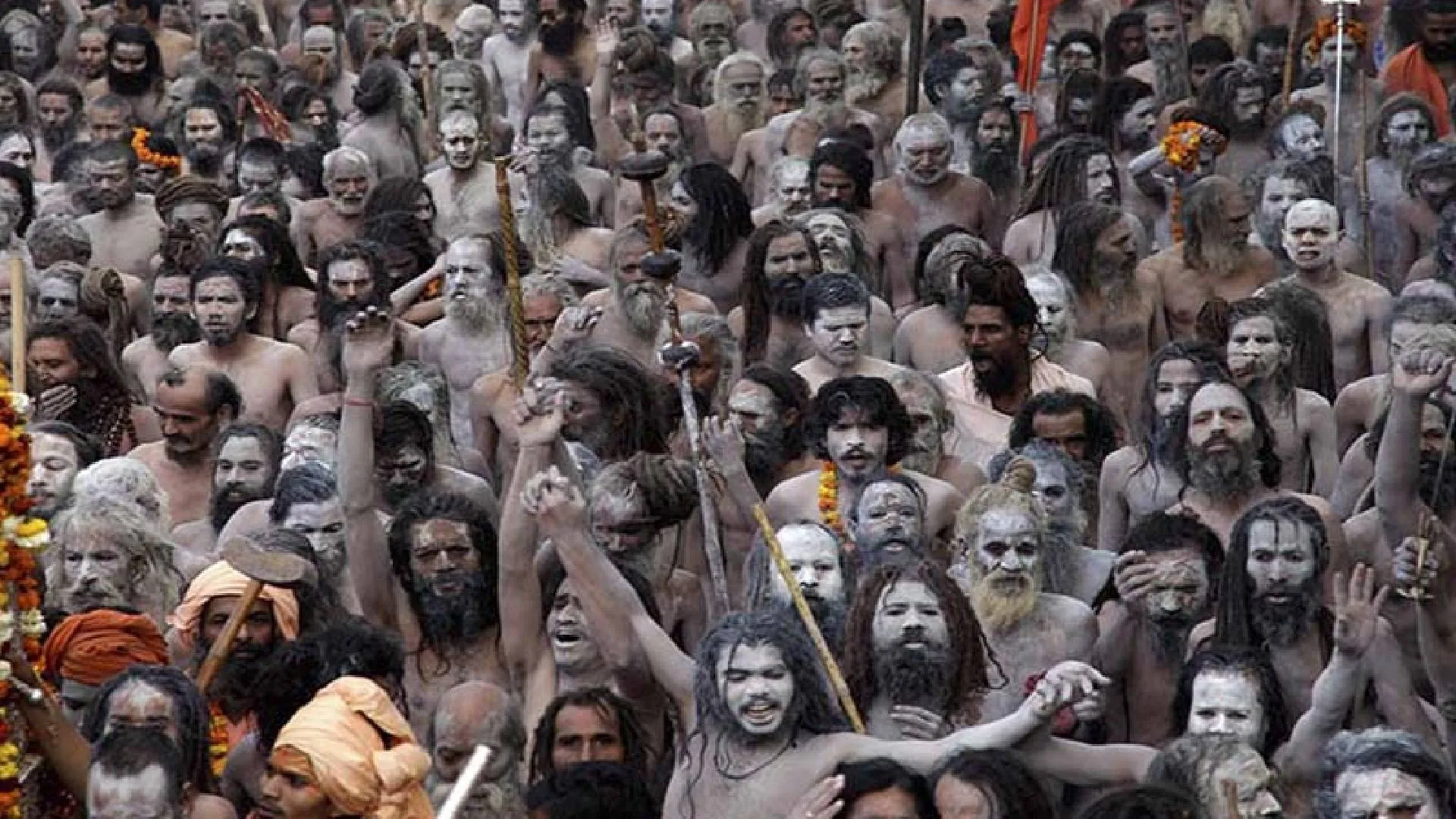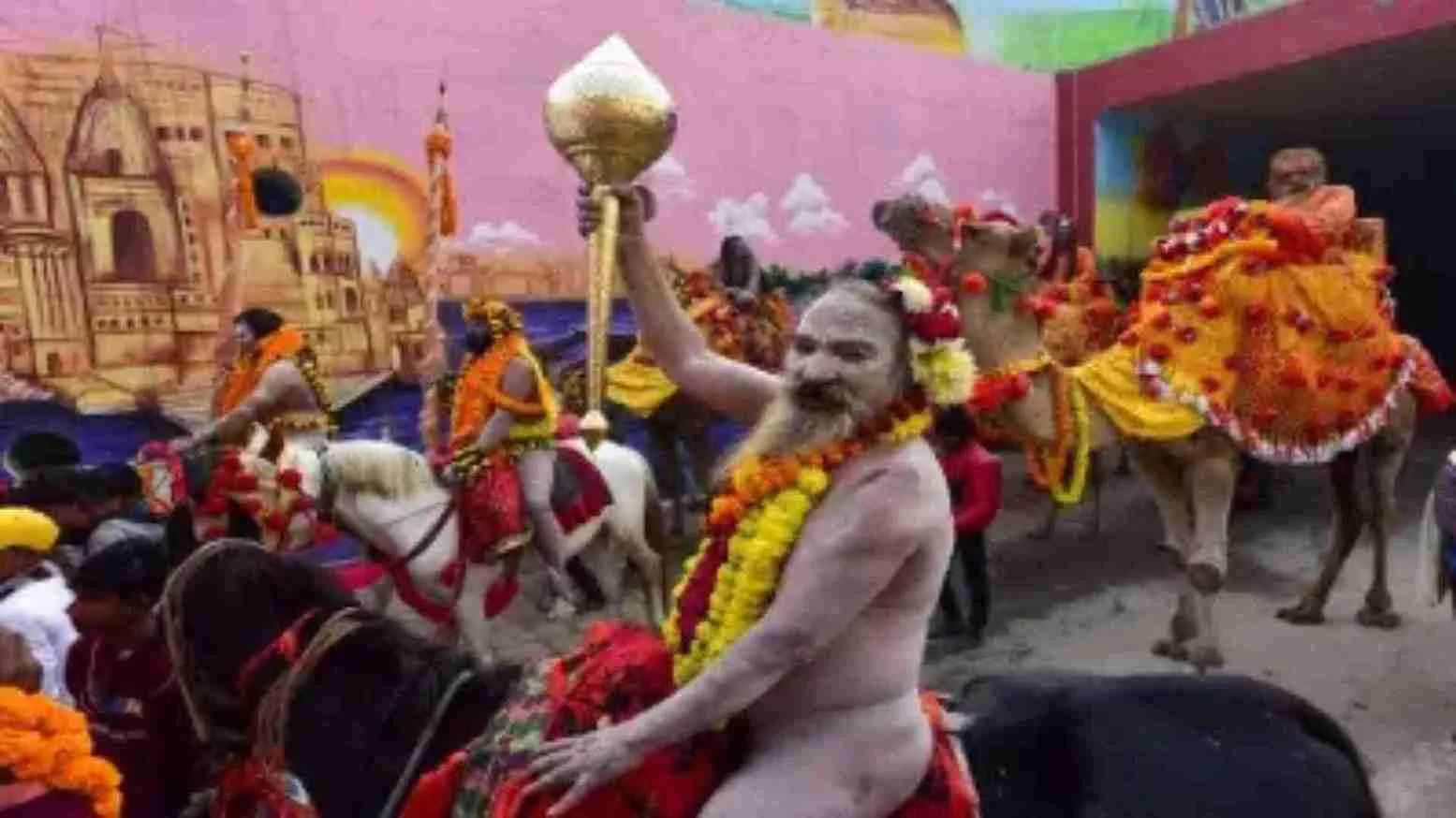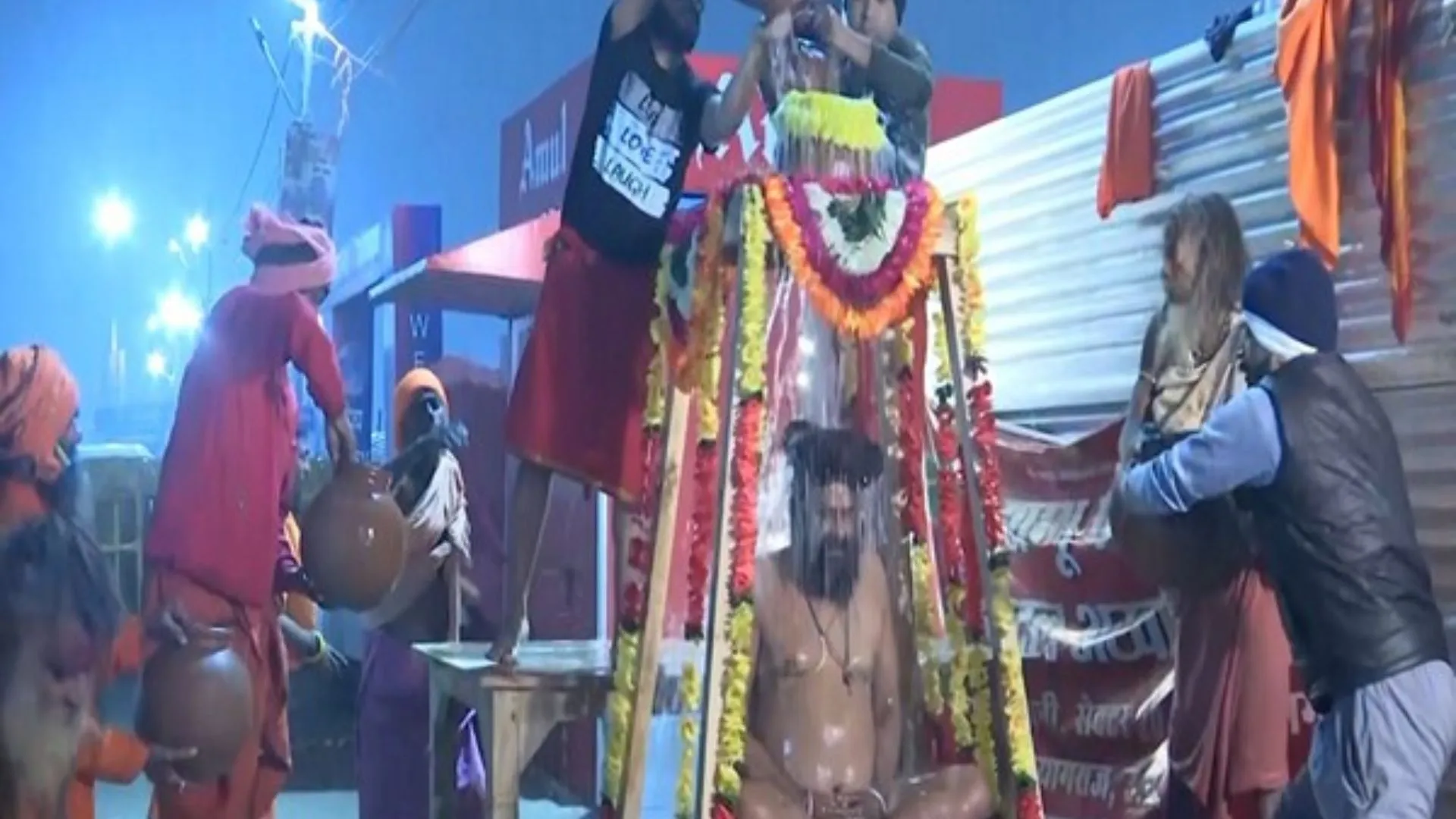Ramcharitmanas of Tulsidas teaches that moksha or salvation is attained not by sacrifices, rituals, or tapas or intense yoga, but by simple devotion and complete surrender to Ram and by doing good service to every living being. It is regarded as the new Veda of the Kaliyuga.
Tulsidas believed in a supreme personal god. As a true Samartha Brahmin he venerates whole of the Hindu pantheon, and is especially careful in giving Shiva or Mahadeva his due. He time and again asserts that there is no inconsistency between devotion to Ram and attachment to Shiva. He categorically says, “No one can be a devotee of Shiva and be the enemy of Ram and also no one can be Ram’s devotee and bear animosity towards Shiva. Nevertheless, the supreme personal god for him is Ram. Ram is saguna—possesses attributes. Ram personifies the ideal which possesses all sadgunas—virtues like graciousness, benevolence, equality, justice and fairness.
Among all other incarnations of Vishnu including that of Krishna, Tulsi regarded Ram as the most perfect. According to a legend, Tulsidas on seeing the idol of Krishna in a temple in Vrindavana said, “How shall I describe Thy beauty, O Lord! However, Tulsi will bow his head only when You take up bow and arrow in Your hands.” On hearing this plea Lord Krishna revealed Himself before Tulsidas in the form of Lord Ram with bow and arrows. Even in his letter to Mirabai, a fervent Krishna bhakta, who sought his advice, Tulsidas wrote: One who does not love Ram should be treated as an enemy and abandoned instantaneously.
Tulsidas’ firm faith in Ram as saguna—possessing attributes— does not prevent him from accepting Shankaracharya’s nirguna – attributeless, neutral impersonal Brahman. According to Tulsidas, Ram himself is Brahman. He personifies the unknowable, the unperceivable, the beginningless, the incomparable, the indivisible, the immutable and the absolute. He is that which the Vedas have been describing as “neti-neti” (not this, not this). By identifying personal god Ram with the attributeless Brahman, Tulsidas brings Shankracharya’s unknowable nirguna Brahman within the range of the imagination of the laity and introduces Brahman as an object of worship into their daily lives. He gives Sankaracharya’s formless Vrahman the form of Ram. He thus successfully brings the Brahman within the reach of the masses. By making the formless Brahman take birth and live on earth and perform deeds like them he draws the attention of the common man to the ideal of Brahman.
What to talk of the common man, even gods sometimes doubt whether Ram is a Brahman. Parvati, seeing Ram weeping and crying at the loss of his wife Sita, asks Shiva, “Is this that Ram, the son of Ayodhya’s king, or is he an unborn, attributeless, and unperceivable being? If he is the son of a king, how can he be Brahman?” (If he is Brahman) how did he get perturbed upon the loss of his wife? Shiva replies, “There is no difference between the saguna, endowed with attributes, and the nirguna, attributeless… That which is attributeless, formless, unmanifested, and unborn, is none other than the saguna, just as ice is nothing but water. Sri Ram is the all-pervasive Brahman, the supreme Bliss, the Almighty, the Ancient.”
Tulsidas does not display Ram as a superhuman being because he believes that a person directly described as a “superhuman deity would surely fail to be a model for human beings to emulate — in such a case, people would ‘worship’ him rather than emulate him! Tulsidas presents Ram as a picture of human perfection, achievable by common people, through which one could uplift one’s own character.”
Tulsidas urges us to continuously recite the name of Ram, as Ram’s name is more powerful than Ram himself. Whereas Ram liberated only those who came in contact with him like Ahilya, Shabari, Jatayu, et al, recitation of Ram’s name has the power to redeem all—including the sinners like Valmiki who recited Ram as mar – die—in times past and future too,.
Underlying Tulsi’s doctrine of Lokmangal—the doctrine for social uplift—is his philosophy, “Show love to all creatures, and thou will be happy; for when thou lovest all things, thou lovest the Lord, for He is all in all.”
The writer is retired Professor of Philosophy, Delhi University.

